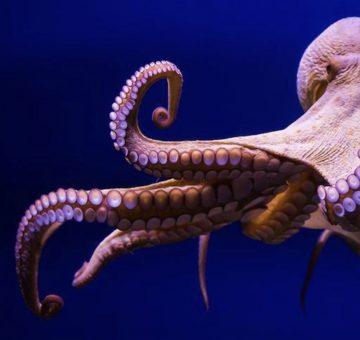Michael S. A. Graziano in Literary Hub:
 Self-replicating, bacterial life first appeared on Earth about 4 billion years ago. For most of Earth’s history, life remained at the single-celled level, and nothing like a nervous system existed until around 600 or 700 million years ago (MYA). In the attention schema theory, consciousness depends on the nervous system processing information in a specific way. The key to the theory, and I suspect the key to any advanced intelligence, is attention—the ability of the brain to focus its limited resources on a restricted piece of the world at any one time in order to process it in greater depth.
Self-replicating, bacterial life first appeared on Earth about 4 billion years ago. For most of Earth’s history, life remained at the single-celled level, and nothing like a nervous system existed until around 600 or 700 million years ago (MYA). In the attention schema theory, consciousness depends on the nervous system processing information in a specific way. The key to the theory, and I suspect the key to any advanced intelligence, is attention—the ability of the brain to focus its limited resources on a restricted piece of the world at any one time in order to process it in greater depth.
I will begin the story with sea sponges, because they help to bracket the evolution of the nervous system. They are the most primitive of all multicellular animals, with no overall body plan, no limbs, no muscles, and no need for nerves. They sit at the bottom of the ocean, filtering nutrients like a sieve. And yet sponges do share some genes with us, including at least 25 that, in people, help structure the nervous system. In sponges, the same genes may be involved in simpler aspects of how cells communicate with each other. Sponges seem to be poised right at the evolutionary threshold of the nervous system. They are thought to have shared a last common ancestor with us between about 700 and 600 MYA.
More here.
